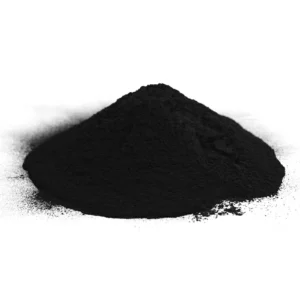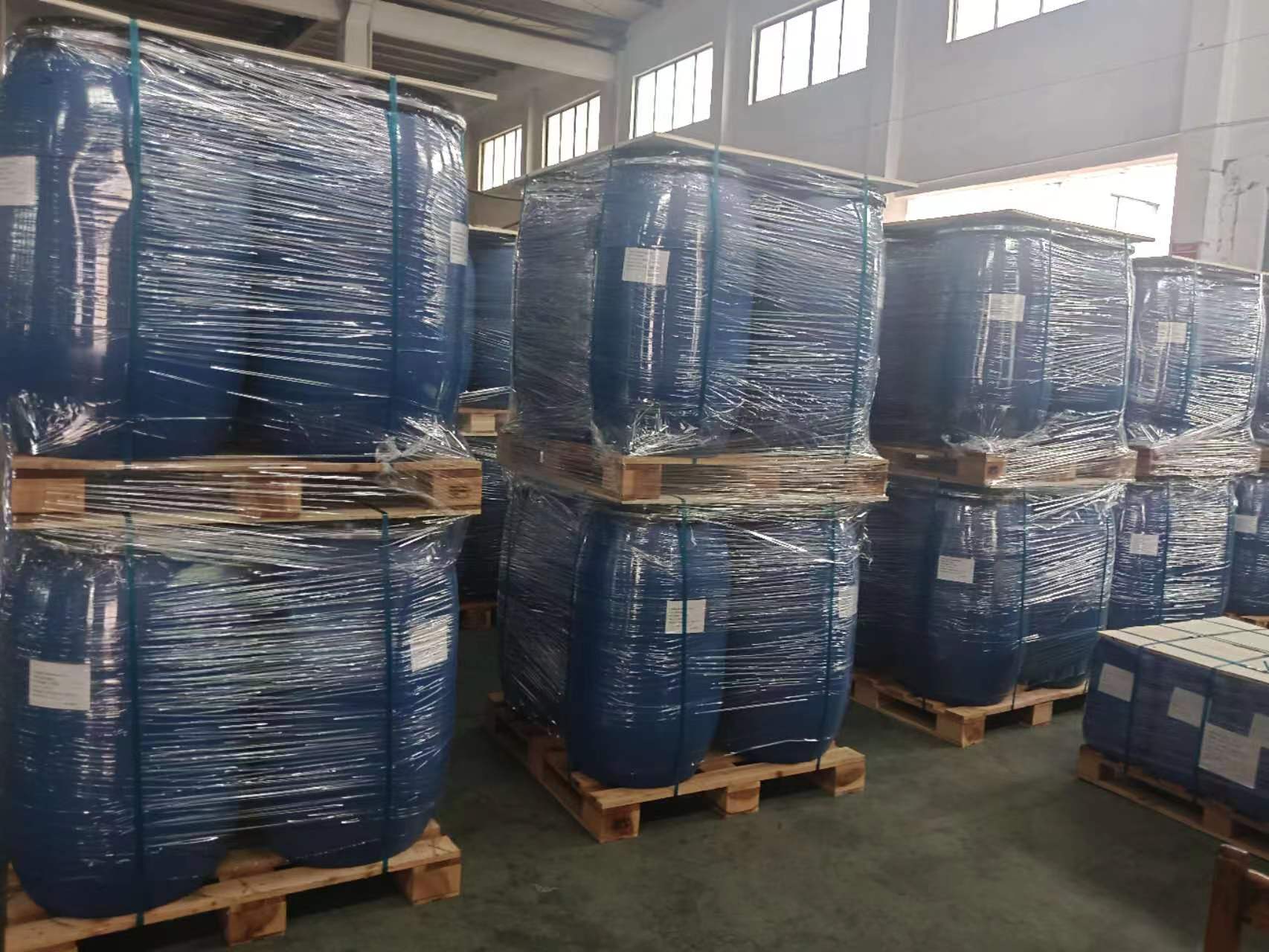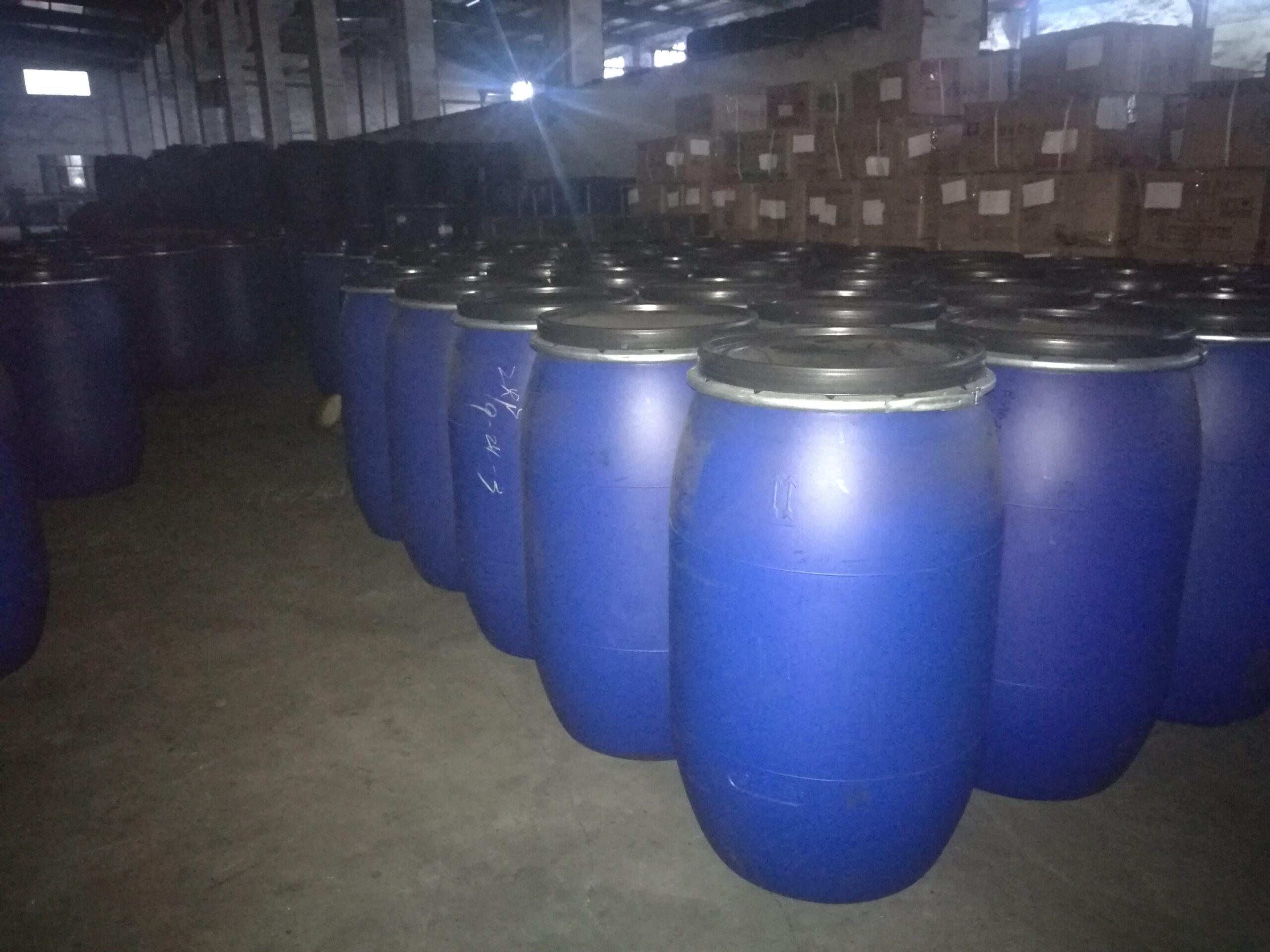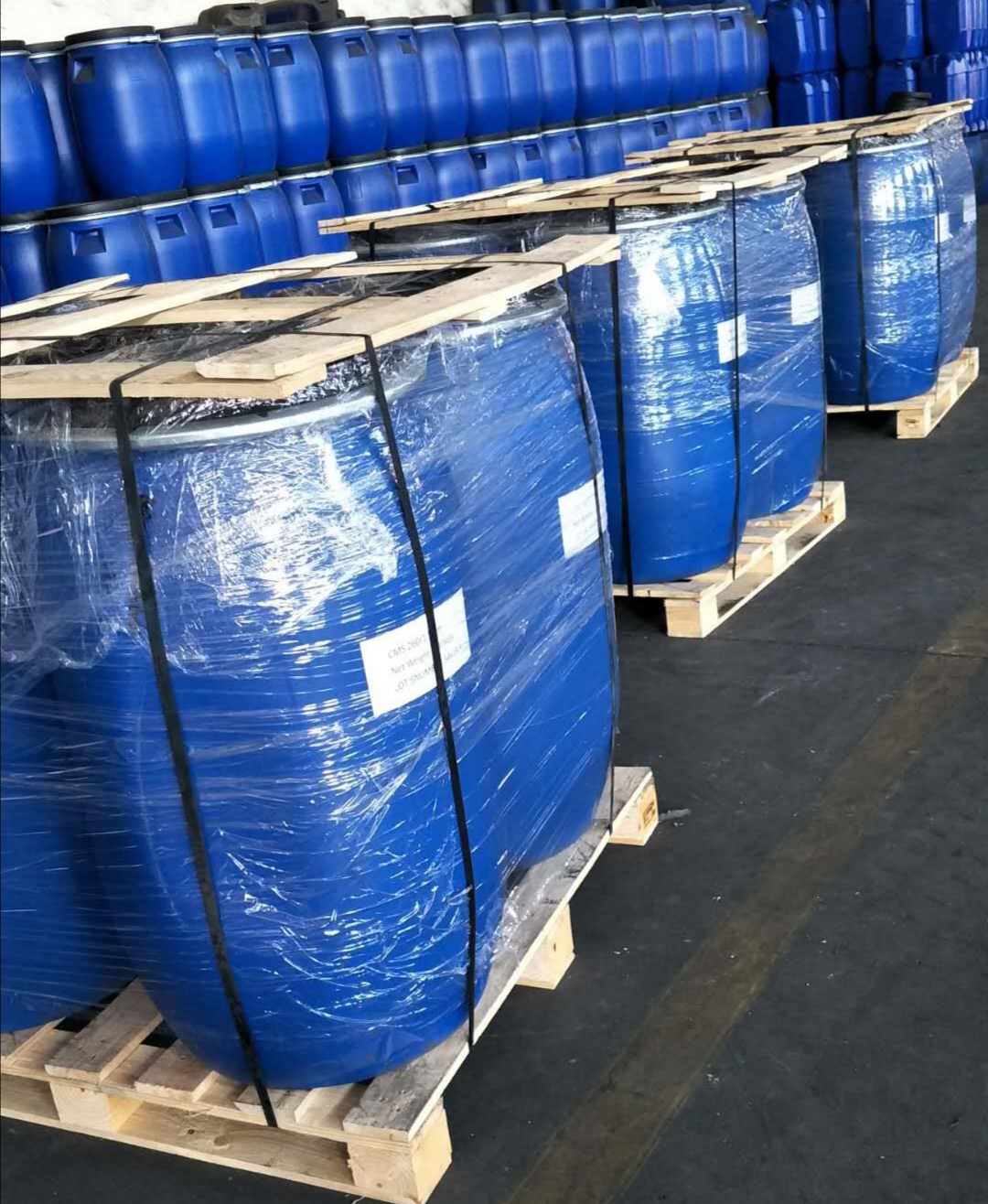Knowledge related to wood-based activated carbon
一. What is wood-based activated carbon?
Wood-based activated carbon is a high-adsorption material made from high-quality firewood, wood chips, wood blocks, coconut shells, fruit shells and other renewable raw materials, and is produced by physical methods, phosphoric acid methods or zinc chloride methods. It is mainly applied in the fields of gas-phase adsorption, solvent recovery, sewage treatment and decolorization and refinement in the food and pharmaceutical industries.
Its pore structure is well-developed, with a specific surface area of over 1000m²/g and an iodine adsorption value of ≥1000mg/g. It features a large adsorption capacity, fast filtration speed and low ash content. The products are classified into three types: columnar, granular and powder, which are respectively used for industrial waste gas treatment, filling of anti-toxic equipment and liquid decolorization. Compared with coal-based activated carbon, its service life is extended by 4 to 5 times, but it needs to be replaced regularly to avoid adsorption saturation. Different activation processes affect the pore structure. For instance, the phosphoric acid method is suitable for food-grade products, while the zinc chloride method is more inclined towards the industrial field. The raw material utilization rate in the production process is high, which is in line with the policy orientation of the recycling and utilization of forestry resources.
二. Application of Wood-based Activated Carbon
Because these several processes make the mesoporous structure and specific surface area of wood-based activated carbon more developed, it has a large adsorption capacity and a fast filtration speed. High strength, low ash content, and reasonable pore size distribution; The ignition point is high. It is widely applied because of these characteristics:
1. Gas-phase adsorption
2. Recovery of organic solvents (benzene series gases such as toluene and xylene, recovery of acetone in the acetate fiber industry, recovery of CS2 in the production of viscose staple fibers, etc.
3. It has high adsorption and desorption properties for impurities, which greatly improves the recovery rate of solvents, the removal of harmful gases, and the decolorization, refinement, deodorization, wastewater removal, and impurity removal of products such as glutamic acid and its salts, lactic acid and its salts, citric acid and its salts, wine, condiments, animal and plant proteins, biochemical products, pharmaceutical intermediates, vitamins, and antibiotics.

三. Advantages of Wood-based Activated Carbon:
1.The service life of wood-based columnar activated carbon is 4 to 5 times that of ordinary coal-based activated carbon.
2. The wood-based columnar activated carbon has high adsorption and desorption properties, which greatly increases the recovery rate of solvents.
3. Wood-based powdered activated carbon features high strength and low ash content, with a reasonable pore size distribution
4. Wood-based columnar activated carbon has a high cost performance and is suitable for the recovery and utilization of organic gases in such places.
5. Wood-based columnar activated carbon has a high ignition point and is safe to use.
四. Classification of Wood-based Activated Carbon
1. Columnar
A. Wood-based columnar activated carbon for pressure swing adsorption
Separating nitrogen and carbon dioxide from the air, methane from fermentation gases, hydrogen from methanol decomposition gases and blast furnace gas, etc.
B. Wood-based columnar activated carbon for gas purification
It is used for the purification, separation and refinement of chemical raw material gases, chemical synthesis gases, gases for the pharmaceutical industry, carbon dioxide gas for beverages, hydrogen, nitrogen, hydrogen chloride, ethylene, ethane, cracking gas, inert gases, etc., as well as exhaust gases from atomic facilities.
C. Ultra-low ash wood-based columnar activated carbon
It is applicable to the purification and deodorization of drinking water. Brewing industry, catalysts and carriers, decolorization and refining of pharmaceuticals and chemical products, etc.
D. Wood-based columnar activated carbon for catalysts and carriers
It is mainly used for the treatment of industrial waste gas containing toxic and odorous substances such as hydrogen sulfide, methyl mercaptan, sulfur dioxide, dimethyl sulfide, dimethyl sulfide, mercury vapor and ammonia.
E. Wood-based columnar activated carbon for solvent recovery
It has a strong separation and recovery performance for organic solvents and organic vapors such as ethers, ketones, alcohols, tetrahydrofuran, dichloromethane, trichloromethane, trichloroethylene, perchloroethylene, carbon disulfide, benzene, toluene, formyl, gasoline, and fluorocarbons.
2. Particles
Wood-based granular activated carbon can be used to prepare military anti-toxic carbon, which is suitable for filling various filtering anti-toxic masks. Carrier of desiccant for mine filter-type self-rescuer, toxic gas filtration and ventilation device; Organic solvent recovery Oil and gas recovery Air purification Water purification Deodorization Brewing industry, catalysts and carriers, decolorization and refining of pharmaceuticals and chemical products, etc
3. Powder form
Wood-based powdered activated carbon is refined from fruit shells and wood chips. It appears as a fine black powder, is non-toxic and odorless, and features a large specific surface area and strong adsorption capacity. It is widely used in the water purification industry for sugar, pharmaceuticals, beverages, alcohol, etc. It is also extensively applied in the decolorization, refinement, purification of organic solvents and wastewater treatment.
The production methods of wood-based powdered activated carbon are divided into two types: the phosphoric acid method and the zinc chloride method. The wood-based powdered activated carbon produced by the phosphoric acid method features a well-developed mesoporous structure and a large specific surface area, with a large adsorption capacity, fast filtration speed, and no zinc salts. It is widely applicable to the decolorization, refinement, deodorization and impurity removal of products such as sugars, glutamic acid and its salts, lactic acid and its salts, citric acid and its salts, wine, condiments, animal and plant proteins, biochemical products, pharmaceutical intermediates, vitamins and antibiotics in the food industry. The wood-based powdered activated carbon produced by the zinc chloride method features a well-developed mesoporous structure, large adsorption capacity and rapid filtration. Wood-based powdered activated carbon is mainly applicable to various amino acid industries, refined sugar decolorization, monosodium glutamate industry, glucose industry, starch sugar industry, chemical auxiliaries, dye intermediates, food additives, pharmaceutical preparations and other high-pigment solutions for decolorization, purification, deodorization and impurity removal.

五. Main Factors Affecting Activated Carbon Adsorption
1. The properties of activated carbon adsorbent: The larger its surface area, the stronger its adsorption capacity. Activated carbon is a non-polar molecule and is prone to adsorb non-polar or very low-polarity adsorbents. The size of activated carbon adsorbent particles, the structure and distribution of fine pores, as well as the surface chemical properties, also have a significant impact on adsorption.
2. The properties of the adsorbate depend on its solubility, surface free energy, polarity, the size and unsaturation of the adsorbate molecules, and the concentration of the adsorbate, etc
3. The PH value of wastewater and activated carbon generally have a higher adsorption rate in acidic solutions than in alkaline solutions. The PH value can affect the state and solubility of the adsorbate in water, thereby influencing the adsorption effect.
4. When coexisting substances and multiple adsorbents coexist, the adsorption capacity of activated carbon for a certain adsorbate is poorer than that when it only contains that adsorbate
5. Temperature has a relatively minor impact on the adsorption of activated carbon
6. Contact time: It is necessary to ensure that the activated carbon has a certain contact time with the adsorbate to make the adsorption approach equilibrium and fully utilize the adsorption capacity.
六、Instructions for Use
1.Before use, it should be cleaned to remove dust; otherwise, these black dusts may temporarily affect the cleanliness of the water quality. However, it is not recommended to directly rinse with fresh tap water. This is because the porous nature of activated carbon, once it adsorbs a large amount of chlorine and bleaching powder from tap water, will cause damage to the water quality when it is then placed in a filter for use.
2. Simple cleaning on a regular basis is not enough to thoroughly clean the debris clogged in the pores of activated carbon. Therefore, it is essential to replace the activated carbon regularly to prevent it from losing its effectiveness due to “adsorption saturation”. Moreover, the best time to replace it is not to wait until it becomes ineffective. Only in this way can it be ensured that the activated carbon can continuously remove harmful substances from the water in the aquarium. It is recommended to replace the activated carbon 1-2 times a month
3. The efficiency of activated carbon in treating water quality is related to its dosage. Generally, “the more the dosage, the better the water quality treatment effect.”
4. After a certain amount of activated carbon is used, the changes in water quality should be frequently observed during the initial stage of use, and the observation results should be noted to serve as the basis for determining the time when the activated carbon becomes ineffective and needs to be replaced.
5. When using the medicine for treating fish diseases, the activated carbon should be temporarily removed and its use suspended. To prevent the drug from being adsorbed by activated carbon and thus reducing the therapeutic effect.



